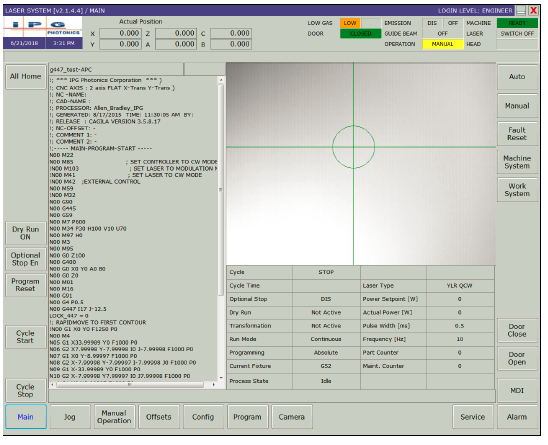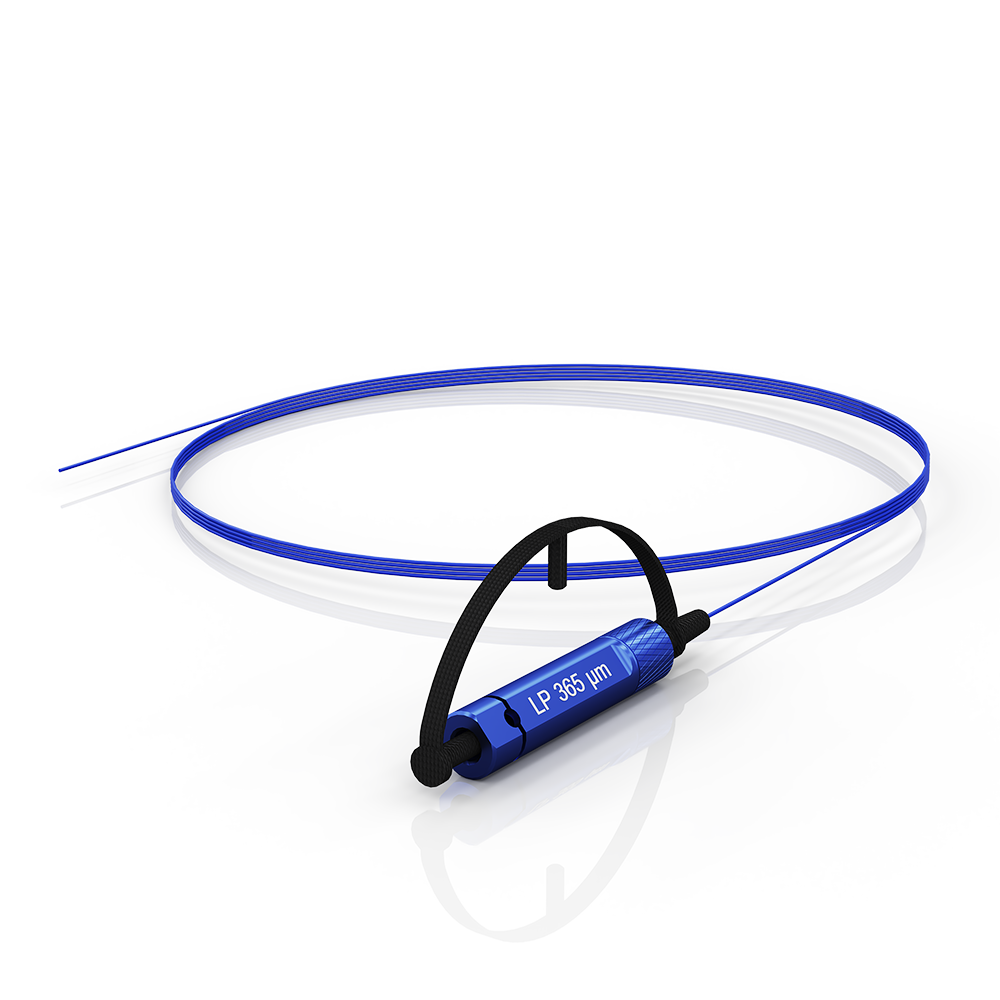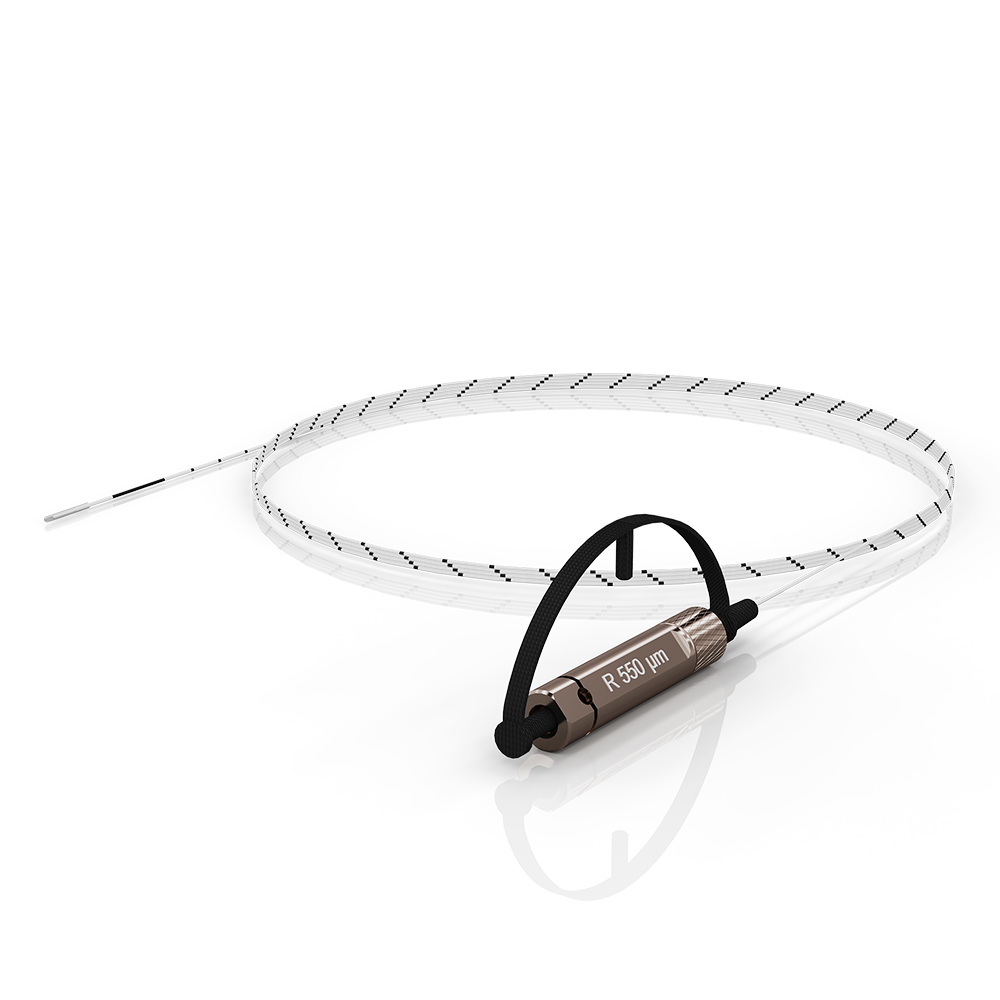VTLase
FiberLase VT is a new laser device with a unique laser wavelength of 1.94 µm.
Designed for performing minimally invasive treatment of varicose veins by endovenous laser treatment (EVLT).
EVLT is the "gold standard" for minimally invasive treatment of varicose veins.
Download VTLase brochure
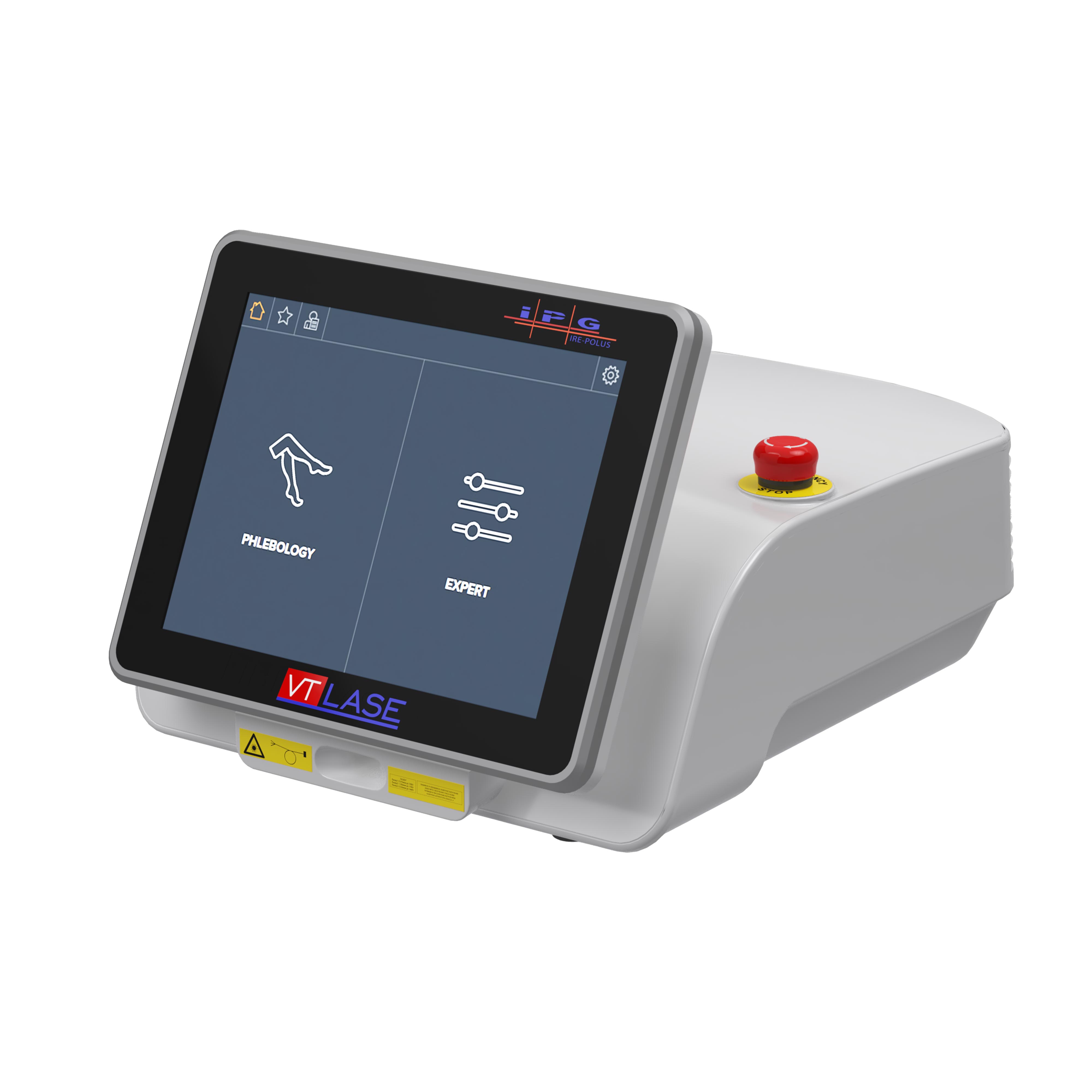
VTLase: PHLEBOLOGY PROCTOLOGY
EVLT with 1.94 µm wavelength a new solution for endovenous laser coagulation
In the case of varicose veins they use the EVLT method to exclude the pathological area of the vein from the blood flow; this provides the necessary thermal damage to the vein wall to start the process of fibrous transformation and its resorption.
The technique of EVLT consists of introducing a radial fiber through a catheter into the lumen of the pathological vein. After positioning the fiber in the vein under ultrasound control, an anesthetic is injected into the perivenous space.
Next, the laser light is activated and the process of thermal treatment of the vein wall is initiated in order to coagulate the vein.
The advantages of using 1.94 μm for EVLT:
- Compared to 1.47 μm, leads to a reduction in the duration of postoperative pain and the administration of pain medications
(Endovenous laser ablation of the great saphenous vein comparing 1920-nm and 1470-nm diode laser Mendes-Pinto D., Bastianetto P. et al., International Angiology, 2016 Dec) - Efficient coagulation of great saphenous vein trunks at lower energy parameters compared to devices at 1.47/1.55 μm wavelength
- Low-energy operation reduces the risk of fiber breakage and extends its life for use on multiple veins in a single session
- EVLT can be performed in superficial veins and varicose knots due to the absence of overheating of adjacent tissues caused by the shallow depth of radiation penetration into the tissue at 1.94 µm
Diagram of the radiation absorption coefficient versus wavelength
Due to high 1.94 µm wavelength absorption in water, heat transfer and convection occur more effectively at lower energies during EVLT.
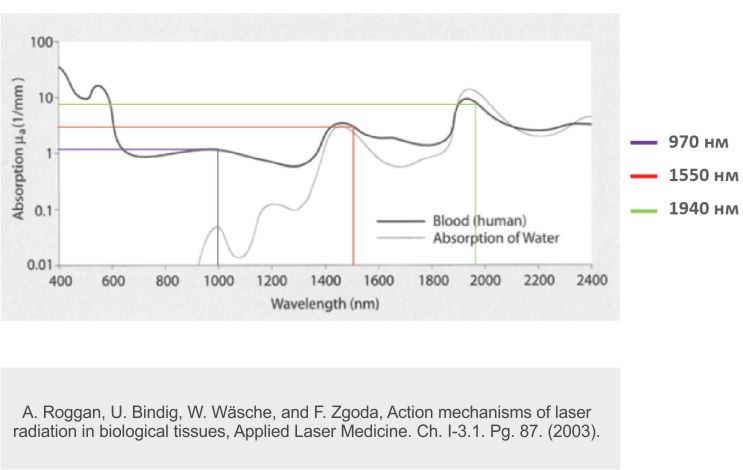
VTLase is used with IPG Surgical Fiber LP and IPG Surgical Fiber Radial
IPG Surgical Fiber LP
Bare fiber for VTLase and FiberLase S lasers
Designed for dissection, vaporization and coagulation of tissues during open, endoscopic and laparoscopic surgeries
IPG Surgical Fiber Radial
Radial fiber for VTLase and FiberLase S lasers
Designed for use in phlebology for endovenous laser coagulation
Articles on the application of the 1.94 µm wavelength in phlebology
|
1. Endovenous laser ablation of the great saphenous vein comparing 1920-nm and 1470-nm diode laser |
Mendes-Pinto D., Bastianetto P. et al. |
International Angiology, 2016 Dec |
| Semenov A. Y., Fedorov D. A, Raskin V. V. |
РЕЦЕНЗИРУЕМЫЙ НАУЧНО-ПРАКТИЧЕСКИЙ ЖУРНАЛ СОВРЕМЕННАЯ МЕДИЦИНА № 2 (18) 2020 г. ТРАВМАТОЛОГИЯ / ОРТОПЕДИЯ. ХИРУРГИЯ |
|
|
3. Endovenous laser therapy for occlusion of incompetent saphenous veins using 1940nm |
Sroka R., Pongratz T., Esipova A. et al. |
European Conferences on Biomedical Optics, 2015, Germany |
|
4. Heat transfer in water under laser heating through fibres for endovenous laser coagulation |
Minaev V. P., Minaev N. V., Bogachev V. Yu. et al. |
Kvantovaya Elektronika, 2020, Volume 50, Number 8, Pages 793–800 |
|
5. Endovenous laser coagulation asymmetrical heat transfer(modeling in water) |
Minaev V. P., Minaev N. V., Bogachev V. Yu. et al. |
Lasers in Medical Science, 2020 |
|
Minaev V. P., Minaev N. V., Bogachev V. Yu. et al. |
Lasers in Medical Science, 2021 Apr 8 |
|
|
Abhay Setia , Claus-Georg Schmedt , Ronald Sroka |
Lasers in Medical Science, 2022 July 2 |
VTLase
- Use in any anatomical localization due to the flexibility of the fiber and its compatibility with endoscopes
- Contact, remote, and interstitial applications through different positioning of the fiber depending on the treatment area
- A wide range of radiation parameters
- Short impulse exposure capability
- The SMA-905 protection system against connector contamination
- Regular servicing is not required
- 3 years warranty

Intuitive interface
The large touch screen display allows quick and comfortable adjustment of the laser beam parameters as well as the brightness of the pilot beam.
Automatic energy and time meters inform the user about the amount of energy transmitted and the duration of the laser treatment.
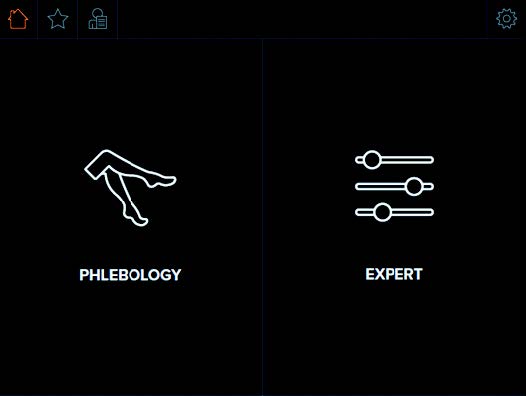
Main menu
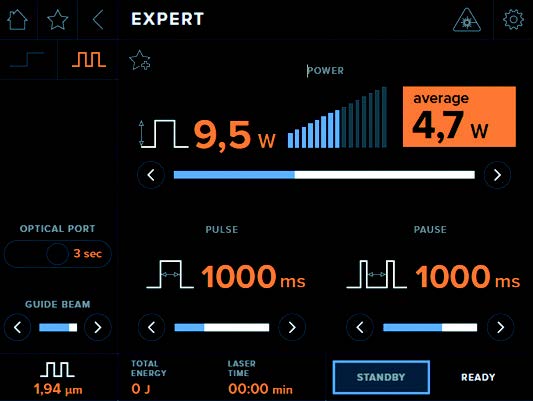
Expert Mode
User can select continuous or pulse mode, set parameters of power, pulse duration and pause.
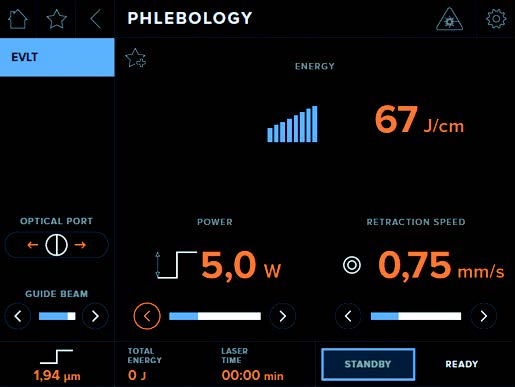
Phlebology mode
The user is offered the recommended extraction speed of the fiber depending on the power and energy settings
Technical Specifications
|
Radiation wavelength, μm |
1.94 |
|
Maximum radiation power, W |
10 |
|
Mode of operation |
Continuous, pulsed |
|
Pulse duration, ms |
from 2 to 1000 |
|
Pilot laser (optional), μm |
0.52 ± 0.01 (green) or 0.65 ± 0.01 (red) |
|
Fiber diameter, μm |
365 ... 550 |
|
Power supply voltage, V |
220 ± 10% |
|
Supply frequency, Hz |
50 ... 60 |
|
Dimensions (H x W x D), mm |
253 х 310 х 419 |
|
Weight, kg |
8 |
In addition to the standard X-Y-Z axes and laser process head, there are several optional modules and accessories that may optimize the functionality of the system in your specific application. Below are some of the the most popular options.. Please contact IPG directly if you have additional requirements
Rotary Stage, A or
C axes, Direct Drive
High-precision, high-speed rotary stage with continuous motion synchronized to X-Y-Z axes
- Servo-driven rotary stage
- Brushless direct drive.
- Travel +/- 360° continuous
- Rotation speed: 600 rpm max
- Accuracy: 10 arc-sec
- Bi-directional repeatability: 4 arc-sec
- Pneumatic ER25 Collet Chuck
- Includes an additional axis of motion control
Rotary Stage, A or C axes, Gear Drive
Rotary stage with continuous motion synchronized to X-Y-Z axes
- Servo gear/belt-driven rotary stage
- Travel +/- 360° continuous
- Rotation speed: 30 rpm max
- Accuracy: +/- 180 arc-sec
- Bi-directional repeatability: +/- 45 arc-sec
- 5C Collet, 3 Jaw Chuck
- Includes an additional axis of motion control
Rotary Stage, B axis, Gear Drive
Rotary stage with continuous motion
- Servo gear/belt-driven rotary stage
- Travel +/- 90° continuous
- Rotation speed: 30 rpm max
- Accuracy: +/- 180 arc-sec
- Bi-directional repeatability: +/- 45 arc-sec
- Includes an additional axis of motion control
Coaxial Viewing Package
Camera system aligned with laser beam axis.
- Coaxial viewing system is integrated into laser head to provide live feedback on part positioning
- Package includes software with crosshair generator to display video feed
Power Meter
Laser power meter with stage-mounted detector for periodic verification of power on target. Useful for verifying performance of process head optics and coverslide.
Fume Extractor
- High flow-rate fume extractor for collection of smoke, fumes and air-borne debris.
- Flow rate of 380 m3/hr (220 cfm)
- 3-Stage filtering
- Reverse flow filter technology
- Real-time airflow reading
- Remote diagnostics
Automatic Doors
- Pneumatic actuator to automate slide door which can be controlled via HMI software or G-code
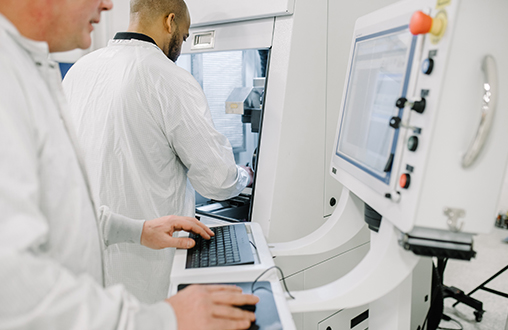
Multi-Axis Workstation Software
The Multi-Axis family of workstations are high-accuracy platforms designed to take advantage of the high beam quality found in IPG’s fiber lasers. Systems can be configured using any IPG laser, with laser processing heads available for welding, cutting and scanning applications. System options can include both basic and smart vision packages, along with part identification and process verification hardware.
The Multi-Axis software integrates control of the laser, motion systems and all system components to provide easy programming of the tool using G/M code commands that are familiar to CNC machine programmers.
HMI (Human Machine Interface)
The software that runs the Multi-Axis Workstations is a customized application called HMI (Human Machine Interface) that runs as a Microsoft Windows® 7 application. It is preloaded and tested at the IPG factory and resides in the workstation’s hard drive.
The HMI program consists of four primary regions:
- System Status Indicators – Providing a constant overview of the machine status, regardless of function selected
- Function Selection Bar – Providing primary selection of module operation
- Function Control Interface – Allows intuitive set up of configuration and operating parameters
- Manual Control Bar – Enabling manual operation of the systems global functions
Three Password-Protected Levels of System Control: Engineer, Maintenance and Operator.
User screens enable the Engineer, acting as system administrator, to easily set permission levels for each HMI screen for each level of operator and set corresponding passwords.
The system can operate in manual or programmed mode, and has functions to enable Dry-Run (execution of the full program but with the laser not turned on) and Optional Stop – that will allow a pause in the processing cycle for part inspection and other uses.
Used in combination with standard G-code programming, these capabilities provide the user with a comprehensive, easy-to-use programming and operator interface.
